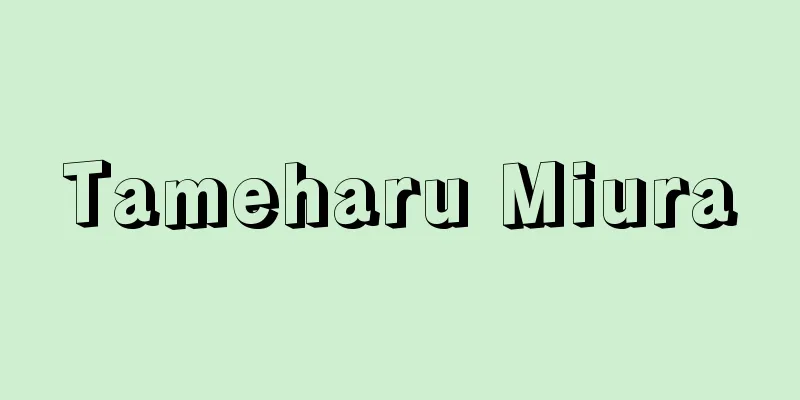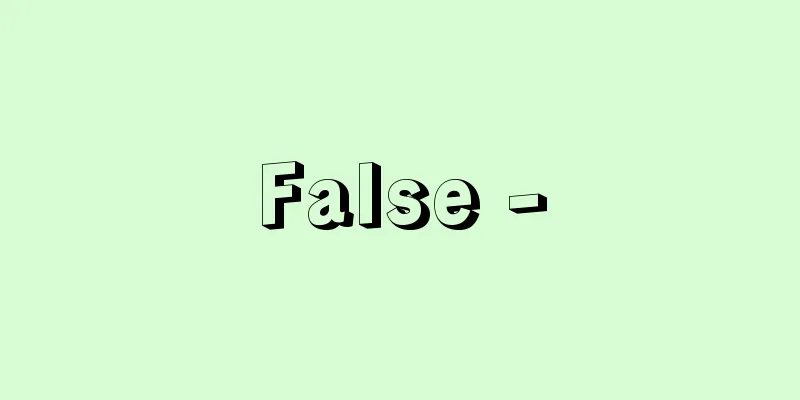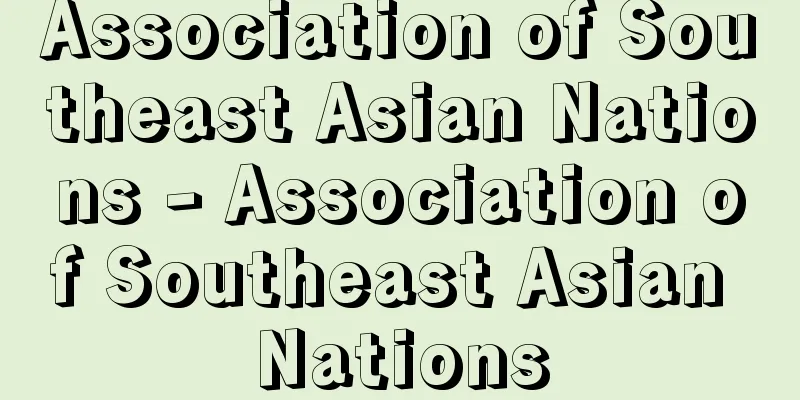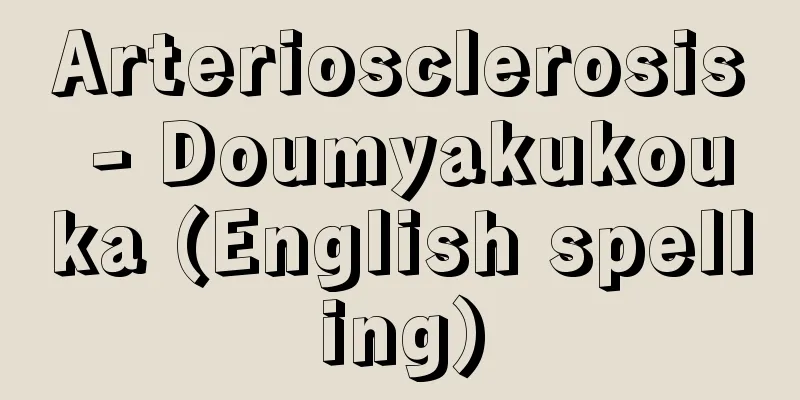Catechism - English
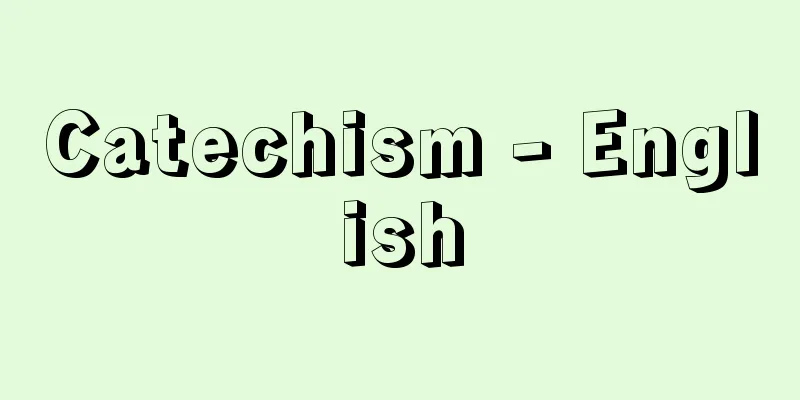
|
A teaching material for Christian lay education, called a catechism in Catholicism and a catechism in Protestantism. Examples of dialogue in the sacred boundary are seen in ancient religions and myths (Oedipus and the Sphinx, Ishtar and the gatekeeper of the underworld). In Christianity, inheriting the Jewish method of education using the dialogue format, catechism was devised early on as a preparation for baptism for those who had not yet converted, and the Western Church made an effort to express doctrine in a concise manner, focusing on the explanation of the creeds, the Lord's Prayer, and the Ten Commandments. Especially during the Reformation, catechisms became an effective teaching material for Christian education aiming for the conscious conversion of individuals. They also function effectively as a theological standard for the training of believers in the faith of each denomination. The word catechism comes from the Greek word katēcheō, which does not mean dialogue but means "to resonate" or "to make heard." The center of doctrine is the Gospel of Christ, a revealed transcendent truth. Therefore, the doctrine is strongly supported by the missionary nature of revealed religion, which considers it the mission of the church to resonate, listen to, and teach "things that have not entered into the mind of man" (I Corinthians 2:9) using question-and-answer style manuals. Representative catechisms include the Larger and Smaller Catechism (1529), the Heidelberg Catechism (1563), the Westminster Catechism (1647), and the Catholic Catechism (1960). [Shiro Kawamata] Source: Shogakukan Encyclopedia Nipponica About Encyclopedia Nipponica Information | Legend |
|
カトリックで公教要理、プロテスタントで教理問答などといわれるキリスト教の信徒教育の教材。聖なる境界での問答の事例は、古代の宗教と神話(オイディプスとスフィンクス、イシュタルと冥界(めいかい)の門番)でみられる。キリスト教では、ユダヤ教の問答形式による教育方法を継承して、入信以前の者を対象に洗礼式前の準備として、教理教育が早くから考案され、西方教会では(諸)信条、主の祈り、十戒の解説を中心にした教理の集約的表現に努力した。とくに宗教改革の時代には、カテキズムは、個人の自覚的な入信を目標とするキリスト教教育の有効な教材となった。また、各教派の信徒の信仰訓練の神学的基準としていまも有効に機能している。カテキズムということばはギリシア語の「カテェケイン」katēcheōに由来し、問答の意味はなく、「響く」「聞かせる」を意味する。教理の中心はキリストの福音(ふくいん)で、啓示された超越的真理である。したがって、その教理は「人の心に思い浮かびもしなかったこと」(「コリント書Ⅰ」2章9節)を問答形式の手引書を用いて、響かせ、聞かせ、教える行為を教会の使命と考える啓示宗教の伝道的性格に強く支えられる。代表的カテキズムとしては、大・小教理問答(1529)、ハイデルベルク教理問答(1563)、ウェストミンスター教理問答(1647)、カトリック要理(1960)などがある。 [川又志朗] 出典 小学館 日本大百科全書(ニッポニカ)日本大百科全書(ニッポニカ)について 情報 | 凡例 |
<<: Catechin - catechin (English spelling)
Recommend
Shan people - Shan
An ethnic group that lives from the Shan Plateau i...
Kenji Kawata
1900-1995 Labor activist and politician from the ...
Qiongzhou (English spelling)
A town in the lower reaches of the Nandu River in ...
Muroran [city] - Muroran
A city in southern Hokkaido facing the Pacific Oce...
Paiwan
... There is much debate about the subdivision of...
Europium
Eu. Atomic number 63. Electron configuration [Xe]...
Embark - Embark
...A chemical used to promote or suppress the phy...
Kyoden - Kyoden
⇒ Santou Kyoden Source: Kodansha Digital Japanese ...
Administrative compulsory collection - Compulsory collection of a business
…When a citizen fails to voluntarily fulfill a pu...
Angoo More - Angoo More
Aquitaine is a region in southwestern France, mai...
《Ezumi ni yugu》 - Dedicated to Ezumi
...American Jewish novelist. Born and raised in N...
Pyroclastic flow
A phenomenon in which volcanic ash, volcanic gas,...
Flow structure
Ball-and-pillow structure [Cooper: 1943]. In igneo...
Olympic City
The IOC has also established an Olympic Organisin...
Fish - Carp
[Sound] Gyo (Kanji) [Reading] Fish [Kanji to be le...

